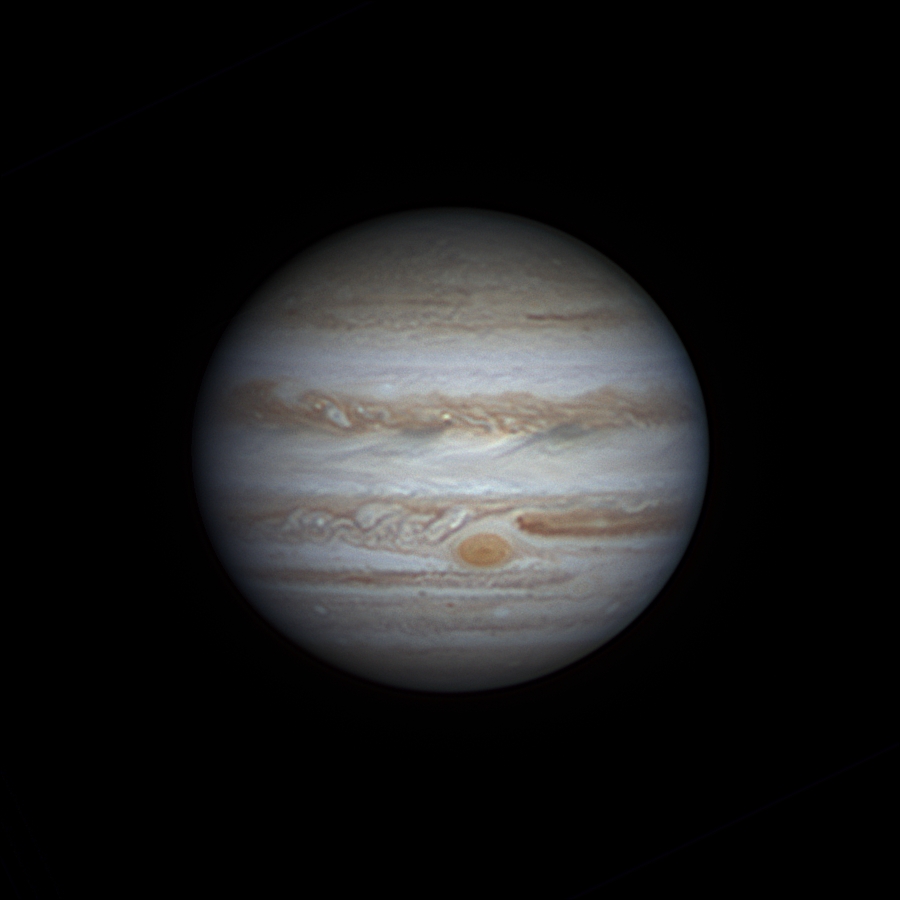A Closer Look at Bingham Canyon
Sept 12, 2024 8:25:58 GMT -5
RWA3006, victor1941, and 1 more like this
Post by 1dave on Sept 12, 2024 8:25:58 GMT -5


From 1903 to 2003, the Bingham Canyon mine produced 23 million ounces of gold, 190 million ounces of silver, 890 million pounds of molybdenum, and 34 billion pounds of copper (Oberbeck, 2003). Secondary minerals and by-products include platinum group elements, uranium, selenium, tellurium, bismuth, and sulfuric acid.
The assumed source of this material was Volcanic. Never considered was the possibility that it was all impact emplaced.
Today the evidence is overwhelming.
1. All the minerals came from hot fluidized minerals into shattered metamorphic rocks, marble, quartzite, soapstone. All During the Sevier Orogeny that ended Jurassic Time.
2. Blown away rock layers above - Jurassic, Triassic, Permian.
3. Lack of mineralization In rock layers below.
4. the trail of impact events from the Beaufort Sea and the Yukon, northwestern Canada, through Idaho and Montana, into Nevada, Utah,and Colorado; into Arizona and New Mexico, Old Mexico, and into the Pacific Ocean.
1. The Vanadium, Uranium, Copper, Miscellaneous rare Earth Metals Trail
2. The Lead, Pyrite, zinc,Copper, Silver, gold, Molybdenum, Mercury trail
3. The Trough and Western Interior Seaway from the Beaufort se to the Gulf of Mexico.
4. The shoved down Rock layers being pushed west into the overlying layers of the same rock sequences during all of Cretaceous time.
5. the Rise of the Rocky Mountains to replace the Interior Seaway when the Asteroid hit the Yucatan to end cretaceous time.
Lets take a closer look at the Bingham mine




In this map notice the word NAPPE. What does it mean?

You pick up a cat by the nappe of it's neck. They occur at Continental collisions, Utah was broken apart, the two sections crashing into each other all during Cretaceous times.
miningdataonline.com/property/357/Kennecott-(Bingham-Canyon)-Mine.aspx
SUMMARY:
The Bingham Canyon deposit is a classic porphyry copper deposit containing economic values of copper, molybdenum, gold, salver, and historic lead and zinc production Peripteral copper gold skarns lead zinc fissures, and disseminated gold deposits are also associated with this copper porphyry system.
Porphyry dikes, faults, and quartz veins are steeply dipping and have two dominant orientations north northeast— and northwest striking dikes have a northern or east strike but they thicken and develop northwest trending apophyses and host high-grade copper gold zones at intersections with northwestern faults, indicating that magmatic hydrothermal fluids were focused by these structural intersections Vein truncation relationships coupled with abrupt changes in copper-gold grades sulfide ratios, and potassic alteration intensity at porphyry Intrusive contacts indicate that the mass of introduced copper and gold decreased significantly during successive porphyry intrusive hydrothermal cycles presumably due to depletion of metals and volatiles in the underlying magma chamber The Lower Commercial Skarn (LCS) deposit ls located in the Bingham mining district southwest of Salt Lake City Utah
The Bingham mining district is dominated by the Bingham Canyon copper molybdenum gold porphyry system which consists of the Eocene quartz monzonite Bingham Stock and deformed silliciastic and carbonate country rock of the Paleozoic Bingham Mine Formation The LCS deposit ls hosted in mineralized skarn of the Lower Commercial Limestone (LCLS) unit of the Lower Bingham Mine Formation This unit is proximal to the Bingham Canyon porphyry system and has been altered to copper gold hosting calcium silicate skarn through prograde metasomatism with localized retrograde massive sulfides and clay This unlit has been variably folded and faulted prior to mlneralization, resulting in fold thickening and repetition of the units across faults The LCS deposit lies in the foot wall of the southwest dipping Midas thrust fault between
the older northeast striking and steeply dipping oblique transverse Verona and Smelter faults This structural block between the Verona and Smelter faults, and below the Midas, is referred to as the Middle Block The Middle Block is bounded to the south by the Bingham Canyon.
My Conclusion:
The Bingham Minerals are younger rocks that have been forced into older rocks!














